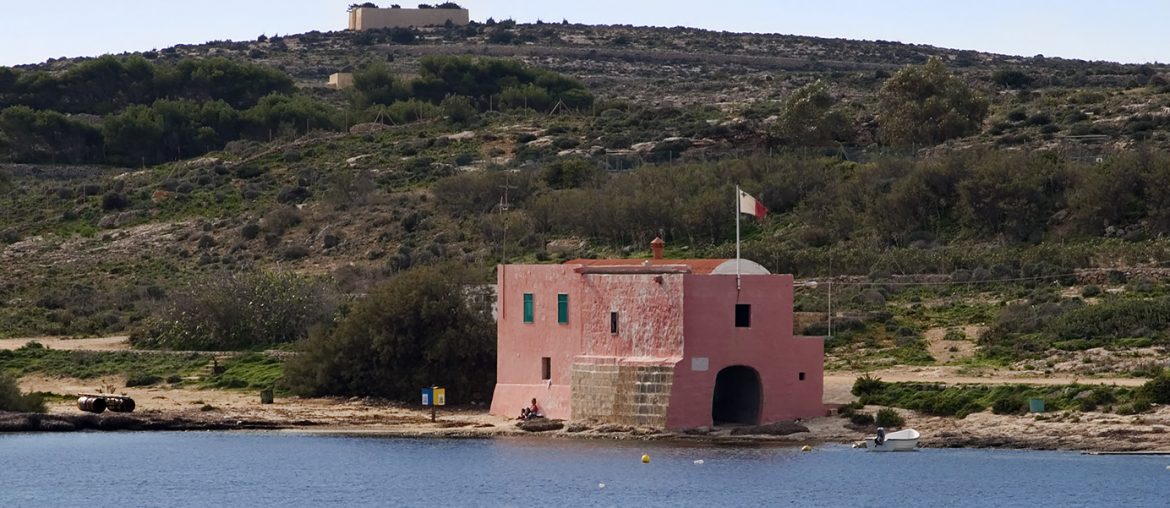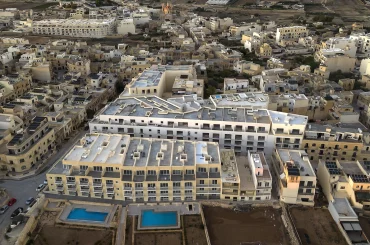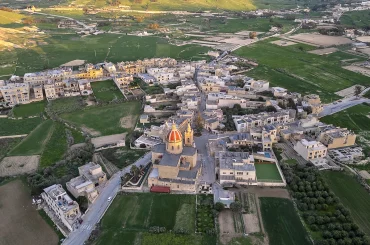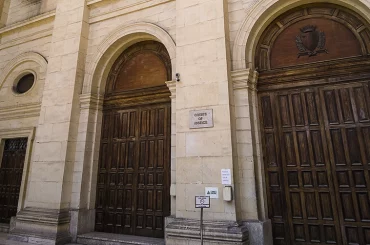For the first time in many decades at least, the police station in Comino has been closed for the winter and its complement of officers asked to report for work in Gozo.
Research suggests that it is probably the first time that there will be no guard or police presence in Comino since the building on the shore’s edge in Santa Marija Bay – which has served as Comino’s Police Station for decades – was constructed by the Knights of St John in 1743.

This winter’s shuttering is the latest manifestation of changes in priorities under the present commissioner, Angelo Gafa. Appointed in 2020, Gafa has championed community policing and halted some perks for the police such as serving at banks (the banks used to pay for the service; officers assigned to the banks were paid on top of their salary for the service). The closure of Comino’s police station may also be a casualty of a police force depleted by resignations and retirements in recent years.
Although there is little policing to be done in Comino in the winter low season, sources within the police have expressed guardedness about the absence of police in Comino – the feeling is that daytime patrols or presence are warranted. Comino still attracts straggles of day visitors, as well as some campers, throughout winter. Boats ferrying visitors run from Malta and Gozo all year round.

It also has two elderly residents, a handful of excellent historical sites, and it is an EU-level protected area, a Natura 2000 site.
Its chapel, which is situated 150 metres behind the now-shuttered police station, continues to open for mass every Sunday. The priest travels back and forth from Gozo every Sunday to say mass.
As a Natura 2000 site, Comino is managed by the Environment and Resources Authority (ERA), and the government agency Ambjent Malta has been rehabilitating habitats in Comino in what is the only rewilding project in Malta. It has planted many trees, mostly African tamarisks, and carried out earthworks at the back of Santa Marija Bay in a bid to regenerate a salty marsh that existed before that area was denuded and trodden by years of camping. The campsite was eventually moved to a field close to the Blue Lagoon.

This website wrote to ERA to enquire about enforcement of conservation-related laws and prevention of vandalism now that the police are gone for the winter.
A spokesperson said that “ERA conducts monitoring inspections on Comino all year round, and that compliance and enforcement inspections are independent of the police presence on the island.”
“However,” he added, “the Authority works closely with the police and requests police assistance whenever required, irrespective of location.”
The building that has for decades served as Comino’s police station was the third defensive structure built by the Knights on Comino. The east and south coasts were first fortified by the St Mary’s Tower, built in 1618, and a hundred years later by building St Mary’s Battery, constructed in 1714. The outpost on the shore in Santa Marija Bay – now the police station – was built in 1743 and intended to guard Comino’s largest bay and the northwestern part of the island. For some time, Comino was a hunting preserve of the Knights (like Buskett).
The medieval chapel situated 150 metres behind the police station is dedicated to Our Lady’s Return from Egypt and thought to have been built in the thirteenth century. Some historical accounts maintain that the earlier chapel was destroyed by pirates and then rebuilt when the Knights established military presence with the construction of the tower and the battery, and eventually the outpost in Santa Marija Bay.

That’s when mass began to be said, and has continued without interruption until today. Now mass has outlasted the police presence.
There are currently two full time inhabitants in Comino, two elders and siblings who are the last vestiges of the community of peasants that were at their numerical peak a century ago. At the time they numbered 65 inhabitants and were employed to cultivate the fields of Captain Arthur Zammit Cutajar, who had leased Comino from the government to run it as an agricultural estate. But the agricultural estate did not endure, by World War II it was financially floundering.

The police station was kept open all throughout, and for a long time in recent decades a complement of four officers used to take turns serving in pairs in cyclical roster of 48 hours. The police slept in the station during their 48-hour shifts.
Sleepovers were then halted last summer, and last week the station eventually closed for the winter.
The closure is likely to intensify talk about decisions by police leadership. Last Sunday this website reported that the all-important police’s financial crime department has been left without a chief after the police commissioner did not launch a selection process for chief as instructed by the Public Service Commission.
Sustain Analyses & Insight
Robustly researched and professionally delivered analyses and insight features on this website take much time, effort, and resources to produce. This website's donation setup itself is uniquely transparent, with targeted amounts – of just €50 every month for analyses – that allow tracking of donations in real time on the page. The article on this page in itself is worth much more than €50 of work – yet not even €50 a month is being raised. Sustain this project by contribute as little as €5.





